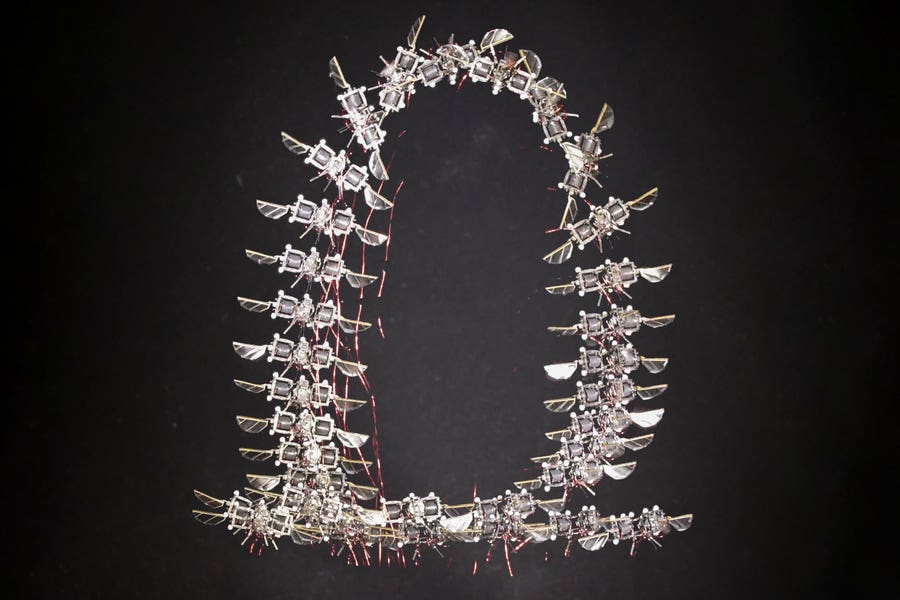Scientists discover evidence of memory storage outside the brain
This discovery challenges long-held notions that memory is confined to the brain and could revolutionize our understanding of learning and memory-related disorders.

This landmark finding sheds new light on how the brain forms and stores memories, deepening our understanding of the biology behind learning. (CREDIT: CC BY-SA 4.0)
Memory doesn’t live only in the brain. Scientists are uncovering signs that cells throughout the body can remember, too. These findings are starting to challenge old ideas about how and where memory is stored in the body.
This shift in thinking opens up new ways to explore how we learn and how memories form. It also hints at better tools for improving education and treating memory-related diseases. What once seemed like a purely brain-bound process may be far more widespread—and more accessible to science.
Memory and the Massed-Spaced Effect
At the core of this breakthrough is something called the massed-spaced effect, also known as the spacing effect. First noted by psychologist Hermann Ebbinghaus, this principle shows that spreading out learning sessions boosts memory more than cramming. And it’s not just a human quirk—researchers have seen it in everything from fruit flies to mammals.
Until recently, this effect was linked only to the brain’s wiring. Researchers knew molecules like ERK helped time the learning process inside neurons. In fruit flies, changing levels of SHP2 in specific neurons could shift the moment long-term memory formed. The assumption was clear: memory lived in neurons, nowhere else.
But a team at New York University, led by Nikolay V. Kukushkin, questioned that assumption. They wondered if memory-making machinery might exist beyond the nervous system. Could non-neural cells use similar tools to process and store experiences?
Uncovering the Role of Non-Neural Cells
To find out, the researchers created a new kind of cell line from human kidney and nerve tissue. They exposed these non-neural cells to chemical bursts that mimic the brain’s learning signals. The idea was to test whether these cells could detect stimulus patterns and show something like "cellular cognition." What they found may reshape how we think about learning—from the inside out.
Related Stories
To track this process, the researchers engineered the cells to produce a glowing protein whenever a specific "memory gene" was activated. This gene is also found in brain cells and is crucial for memory formation.
A Surprising Discovery
The results were striking. When chemical signals were delivered in spaced intervals, the non-neural cells activated the memory gene more robustly and for a longer duration than when the same amount of stimulation was given all at once. This demonstrated that the spacing effect, previously thought to be unique to neurons, is likely a fundamental property of all cells.
“This reflects the massed-spaced effect in action,” says Kukushkin, a clinical associate professor of life science at NYU. “It shows that the ability to learn from spaced repetition isn't unique to brain cells but might be a basic feature of cellular function.”
The research, published in Nature Communications, underscores that non-neural cells can process and retain information similarly to neurons. It offers a new perspective on memory, suggesting that even your pancreas or cancer cells might “remember” patterns, such as dietary habits or chemotherapy treatments.
Implications for Health and Learning
Beyond advancing our understanding of memory, these findings could have significant health implications. For example, your body might store metabolic patterns that help regulate blood sugar levels, a discovery that could lead to improved diabetes management. Similarly, understanding how cancer cells "remember" treatment patterns might inform more effective chemotherapy protocols.
“This discovery opens new doors for understanding how memory works and could lead to better ways to enhance learning and treat memory problems,” Kukushkin notes. He envisions future therapies that go beyond the brain, addressing cellular memory in various organs to improve health outcomes.
A Collaborative Effort
The study was jointly supervised by Kukushkin and Thomas Carew, a professor at NYU’s Center for Neural Science. The research team included Tasnim Tabassum and Robert Carney, both from NYU. Their combined efforts provide a solid foundation for future studies into cellular memory.
This work highlights the interconnectedness of biological systems, suggesting that memory and learning are deeply embedded in the fabric of cellular life. It opens exciting possibilities for improving cognitive function and tackling diseases that affect memory.
Note: Materials provided above by The Brighter Side of News. Content may be edited for style and length.
Like these kind of feel good stories? Get The Brighter Side of News' newsletter.



